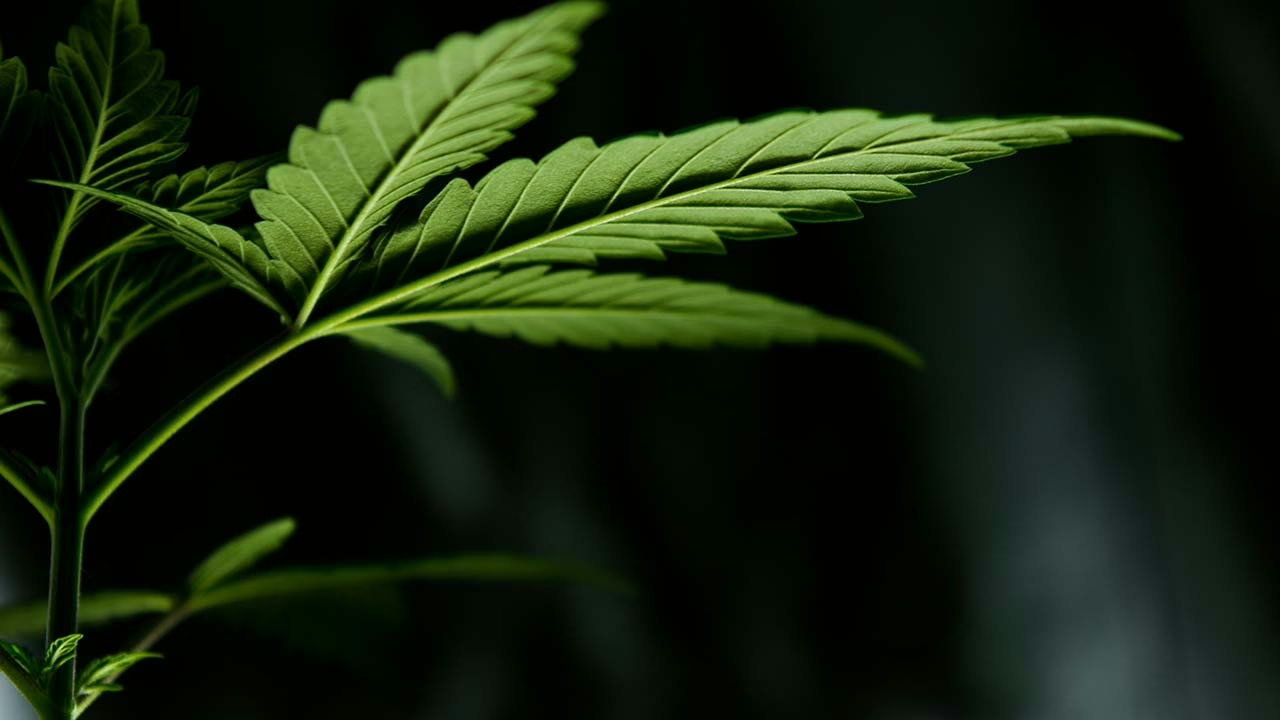New Hemp Retting Method Reduces Production Times and Increases Fiber Value
Summarize

Researchers at the University of Naples have made a significant breakthrough in the hemp industry. Their investigation into the potential of naturally occurring microbes has led to a new, more efficient, and environmentally sustainable hemp retting process. The key findings, as reported in the journal Industrial Crops and Products, are that the microbes not only accelerated the process of separating the hemp plant’s fibers from the woody core but also eliminated the need for harsh synthetic chemicals. This new method not only increases the efficiency of the production process but also reduces energy and water consumption during production.
Hemp fibers are extracted from the stalk’s outer layer. Long fibers are the most valuable for use in industries that include biocomposites, textiles, technical materials, and insulation. The long fibers are more durable and stronger than short fibers, but they require careful processing from harvesting to the final product. Water or synthetic chemicals are used to extract the valuable long fibers; however, the careful manufacturing process requires a significant amount of energy and water or chemicals. The equipment used is more expensive than that used for short fibers.
Faster processing and the byproducts of long fibers create less valuable short fibers, which are shorter than 10 centimeters. Although not as valuable per ton as long fibers, they are used in products such as animal bedding, nonwoven materials, and injection-molded plastics.
Using the current process for fiber separation takes approximately 14-28 days. Using the microbial mix, fiber separation was achieved in 7-14 days. In addition, the long fibers were more uniform and had a lighter color, making them more valuable. Joseph Carringer with the Canna Markets Group said,
“As researchers refine these microbial systems, the opportunity to create consistent, lower-impact alternatives to traditional retting becomes increasingly viable for industrial-scale applications.”
While the focus of this research was on the hemp plant, its implications extend beyond the fiber industry. The findings may also influence the industrial hemp processing for CBD extract. Ongoing studies are investigating the use of microbes to enhance the quality of industrial hemp plants and improve extraction efficiency. This research not only supports the growth of the hemp industry but also helps the industrial hemp sector thrive. By raising awareness about the numerous benefits of the hemp plant, farmers and producers in both hemp sectors can maximize the potential of these innovations and raise consumer awareness.
Share this post


0